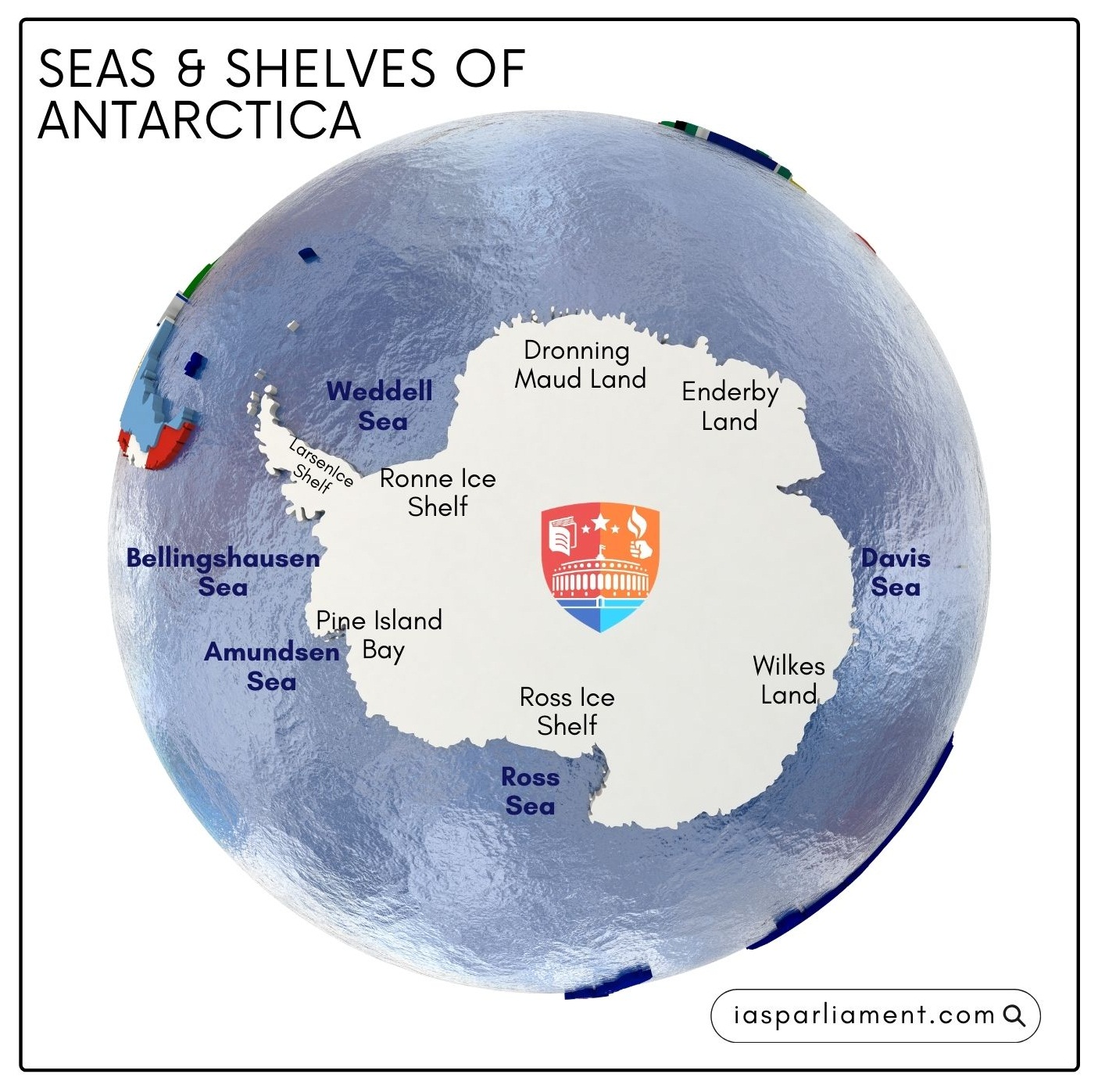Gross Goods and Services Tax (GST) revenue collections in September (for sales in August) rose 22.5% year-on-year to Rs 1,17,010 crore.
Election Commission of India (ECI) has frozen an election symbol of a party from Bihar, so that neither of the two factions of the party will be able to use it in the coming Assembly by-elections.
Splinter group of a party is the group other than the one that got the party symbol.
The Least Developed Countries Report 2021 was released by the United Nations Conference on Trade and Development (UNCTAD).
Bountiful rain in September has ensured that the water levels in India’s main reservoirs are back to their optimum levels.
|
Reservoir Region |
Water Level |
|
Northern and Eastern states |
Lower than normal |
|
Southern and Western states |
Higher than normal |
|
Central region (UP, Uttarakhand, Madhya Pradesh and Chhattisgarh) |
Normal levels |
Ministry of Earth Sciences said that India is co-sponsoring a proposal of the European Union for designating East Antarctica & Weddell Sea as Marine Protected Areas (MPAs).

Source: PIB, The Hindu, The Indian Express, Britannica, Times of India